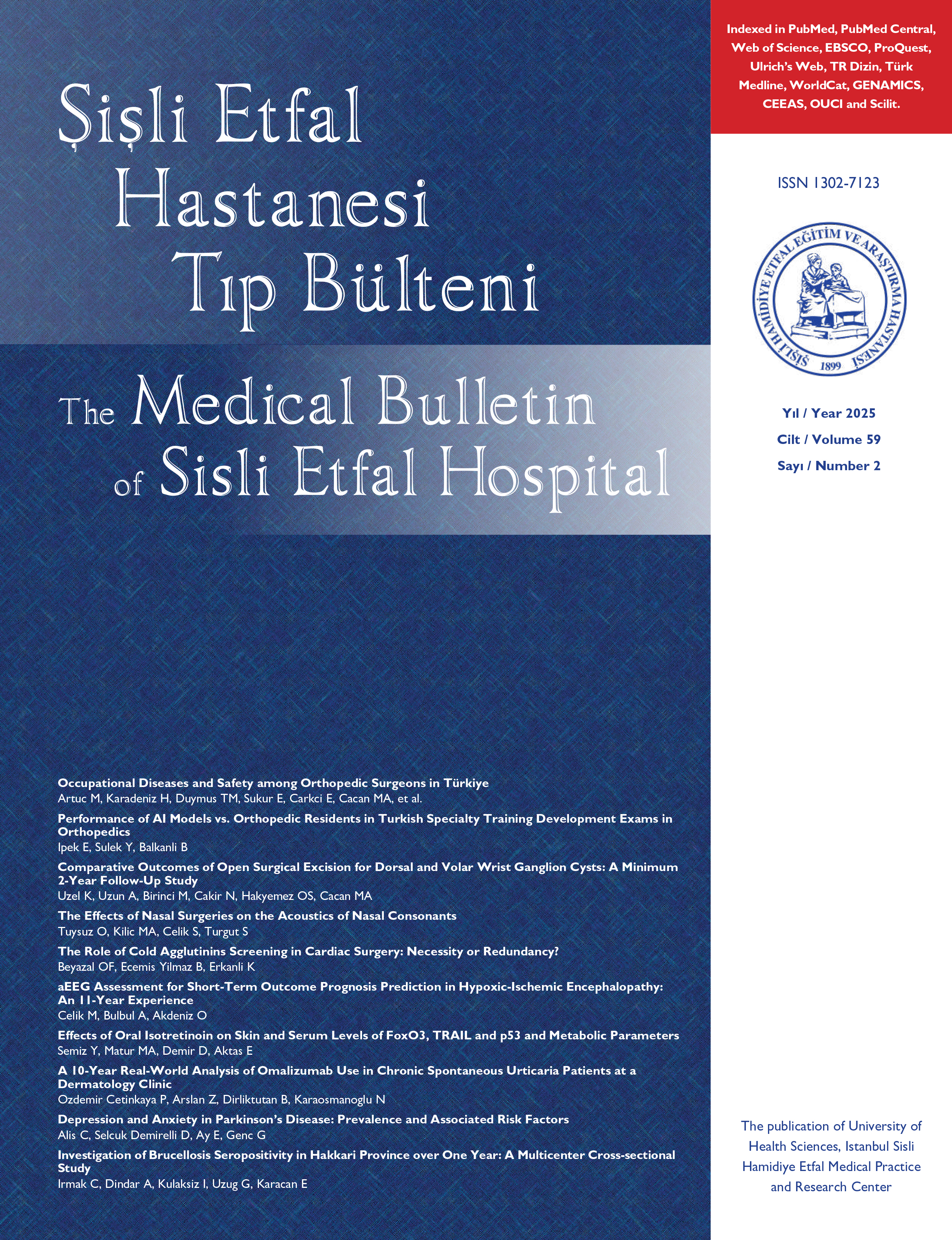
Turkish Bath-Associated Infectious Dermatoses: A Comprehensive Review of Risk Factors, Clinical Manifestations, and Preventive Measures
People have used the traditional Turkish bath for centuries to cleanse themselves, maintain their health, and treat various diseases. The communal use of these areas may contribute to the development and spread of certain dermatoses due to contact with water and environmental factors. Tinea pedis, verruca, molluscum contagiosum, and Pseudomonas aeruginosa folliculitis are among these infections. Undoubtedly, pseudomonal infections are the most well-known waterborne infectious diseases. Pseudomonas aeruginosa folliculitis (Hot tub folliculitis), Pseudomonas hot-foot syndrome, toe web infections, ear infections and ecthyma gangrenosum are the most common clinical presentations. Public baths may have suitable environments for fungal colonization in case of insufficient disinfection, being open to use for a long time, high number of users, and high-water temperatures. Common fungal infections, including tinea pedis, tinea corporis, and tinea unguium, are most likely attributed to increased exposure to fungal pathogens and skin maceration. Scabies and pediculosis are parasitic infections that can be transmitted in communal living spaces, but their treatment also involves bathing. There is limited data on the number of infectious dermatoses acquired from Turkish baths. Given that most baths undergo frequent disinfection, and the water does not remain stagnant, it can be concluded that bath-related infections are uncommon.
Keywords: Dermatoses, hammam, infection, Turkish bath
Makale Dili: İngilizce



















